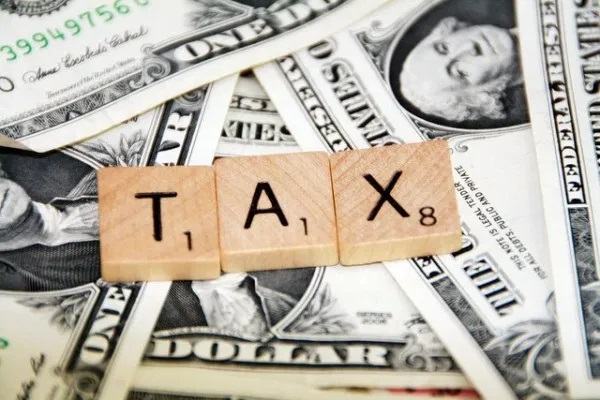The shortest possible answer would be 23%. That is the standard rate. However, when taxes are involved, there’s always more to it. For some goods and services, VAT rates are lower.
VAT stands for value-added tax. The state charges VAT on the sale of goods and services. It’s included in the price of most services and products.
Who Pays VAT?
In Ireland, VAT is a tax on spending. The consumer is the one who pays it. Since most prices are shown with the tax included, you don’t really see what percentage of the cost is tax. However, for professional and electricity services, and some items (such as computers), the rate is shown on your receipt.
How Is It Charged?
it’s charged at every stage of a sale. Simply put, it’s charged each time the cost of a service or item increases.
For instance, a manufacturer sells a computer for €1,000. The wholesaler that buys the product is charged VAT on that amount by the manufacturer. In case of Ireland, that’s 23% of the total value. So, the wholesaler is charged €1,230 by the manufacturer for the phone.
The party which sold the product pays the VAT to the government. In this case, the manufacturer, pays €230 to the state. Then, the wholesaler sells the computer to a retailer for €2,000 but also increases the cost by 23% in order to cover the VAT, so the retailer pays a total of €2,460.
The wholesaler pays €460 forward to the state. However, since the manufacturer has already paid €230 VAT to the manufacturer, the wholesaler can reclaim the €230 from the state. The state is left with €230 of VAT.
The retailer wants to sell the computer for €3,000. To cover for the VAT, they charge the consumer €3,690. The retailer pays €690 to the government but claims back the €460 paid to the wholesaler. Therefore, the retailer has paid €230 VAT to the state.
The state has received €690 in VAT (23%). It’s paid by the consumer who bought the computer. The manufacturer, wholesaler, and retailer break even as they paid the amount of VAT they charged the party next in line.
VAT Thresholds
When your annual turnover is likely to exceed or does exceed the VAT thresholds, you are obliged to register for VAT. The state bases the threshold on your turnover in a continuous twelve-month period.
In relation to distance selling, the threshold is based on your turnover in a calendar year. The principal thresholds vary from €37,500 to €75,000, depending on the circumstances. You can elect to register for VAT even if you are below the threshold.
Imports
If you bring any goods into Ireland from outside the EU, you have to pay VAT, as well as import duty. This goes for goods purchased by mail order or over the internet. Goods valued under €22 do not incur VAT charges.
The rate is the same as it would be for the same or similar goods that are sold in Ireland. Even though there are some exceptions, VAT is paid in the member state of the EU where the goods are purchased.
You pay VAT at the rate applied in Ireland if you purchase something by mail or online from an EU member state. However, you will pay the VAT for the purchased product at the rate applied in the EU member state of purchase if the seller hasn’t exceeded the distance sales threshold. It is important for businesses to ensure they never under-declare VAT as the penalties can be harsh.
Typically, the seller informs you what you’re paying for VAT at the checkout. Oil, tobacco, and alcohol are subject to excise duty, as well as VAT. There are no limits on what private citizens can purchase and travel with within the EU, provided that the purchased items are not for resale. New means of transport are an exemption (for example, a motorcycle).
Rates
Even though the standard rate is 23% different rates are charged for different services and goods. Here’s a list of different rates and the main services and products that fall under those rates.
23% – Paper, Machinery, Jewellery, Hardware, Computers, Tools, Toys, Tobacco, Alcohol, and Consultancy Services.
13.5% – Oil, Gas, Coal, Heating, Cinema, Hotels, Cleaning, Veterinary Fees, Restaurants, and Hairdressing
9% – E-Books, Newspapers, and Sporting Facilities
4.8% – Special Rate for Agriculture
0% – Books, Milk, Bread, Tea, Coffee, Crutches, Wheelchairs, Children’s Clothes, Children’s shoes, and Hearing Aids.
Exempted – Educational, Medical, and Financial Services.
This is a narrow list that can give you a general idea of how VAT works in Ireland. If you are purchasing or selling goods and services and don’t know what is the exact VAT rate for particular goods and services, you can search the Revenue VAT Database.





